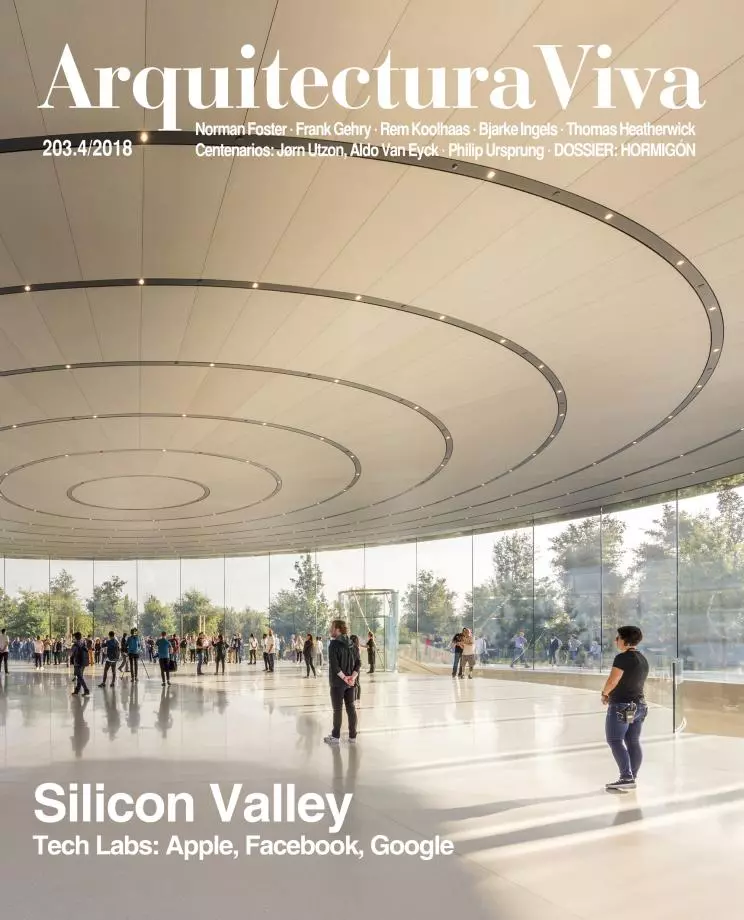
The piles of sketches, photographs, press cuttings, invoices, train/ship/airplane tickets, letters, telegrams, separatas, project texts, magazines, and books safeguarded at the Fondation Le Corbusier in Paris are the ultimate source of material for the numerous articles, reviews, lectures, papers, and monographs published each year on the life and work of an architect who has become an obsession for historians the world over.
The compulsion to know everything about something which gets smaller and smaller is not a psychological disorder, or at least not a useless one. It is the touchstone of true wisdom, as Steiner would have said. There is a lot of this obsession in the books under review here, which differ in nature but address the same desire to keep extracting material from the seemingly inexhaustible Corbusian quarry.
The first one is literally a record of a congress held in Valencia in 2015 to commemorate the fiftieth anniversary of the master’s death, but the stature of the contributors, the quality of the texts, and the breadth of its approach make it a summa that updates knowledge about Le Corbusier.
The detailed tackling of themes in 328 pages of dense text and rich iconography is disperse, but it is possible to establish a few groups. One would concern the master’s mythical topology, with José R. Alonso writing on Corbusian places and Ricardo Daza on the architect’s travels in the Orient. Another, the transversality of his work, with Tim Benton, Véronique Boone, Luis Burriel, and Marta Llorente addressing nature, the media, the power of images, and the musical structure of the Modulor. The concepts laid down by the master are the theme of the third group, with Juan Calatrava discussing the promenade architecturale, Juan Calduch drawing a parallelism between Le Corbusier and Goethe upon the idea of the route, and Maria C. O’Byrne looking at the swastika.
These inquiries accompany the more predictable ones, dealing with Le Corbusier’s projects. Carlos E. Dias Comas writes on the monumental Brazilian projects, Clara E. Mejía on Le Village du Gouverneur in Chandigarh, Jorge Torres on Centrosoyuz, etc. The list would not be complete without the theme which in recent years has fruitfully illustrated the work of the Swiss-French master: his relationship with publications, presented here through brilliant pieces by Jean-Louis Cohen on Mise au point and Josep Quetglas on Vers une architecture.
The ever sharp Quetglas is the author of the second book under review, which goes beyond the summa of Torres and Mejía to offer a more personal approach. It is indeed a breviary of 52 ‘spiritual exercises’ for meditating on 52 themes related to the church at Ronchamp. From the story of the failed Sainte-Baume project to the metaphor of the building as a boat and the references to the dolmen of the Table des Marchands, not to mention other, no less exciting and hermetic matters, it is clear that for Quetglas and other obsessive specialists, Le Corbusier has become a contradictory but not for that reason less true profane ‘religion.







